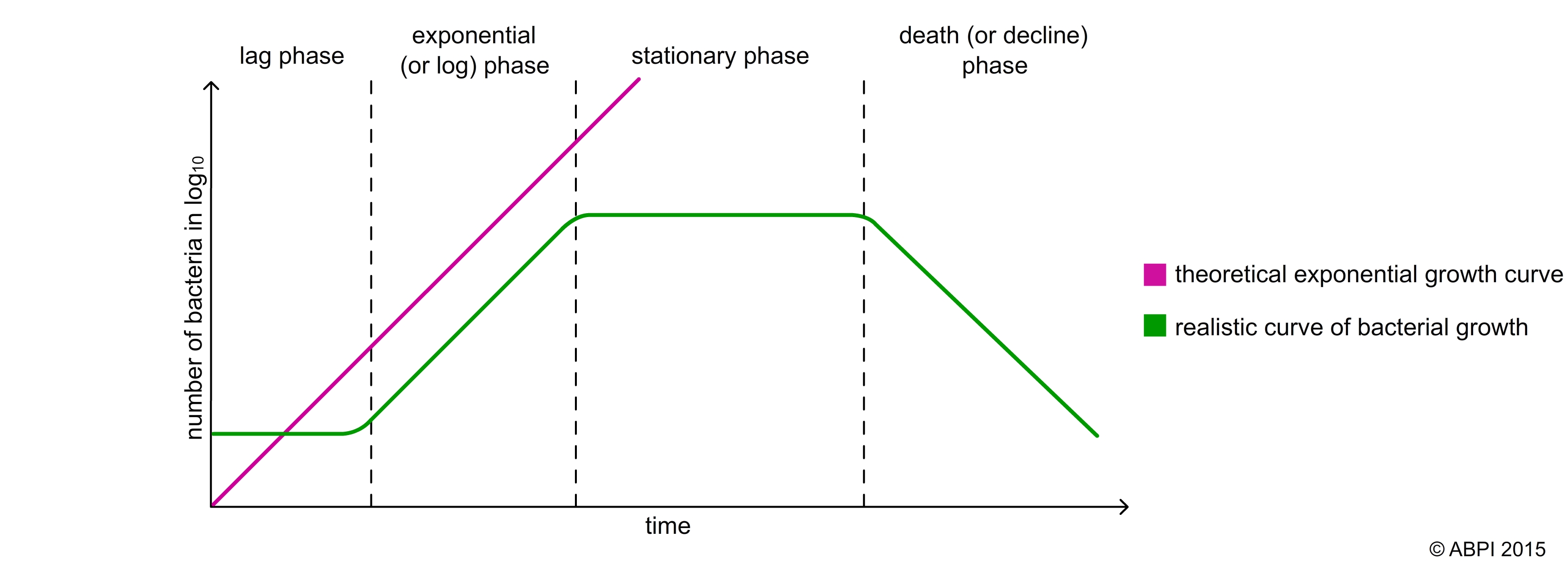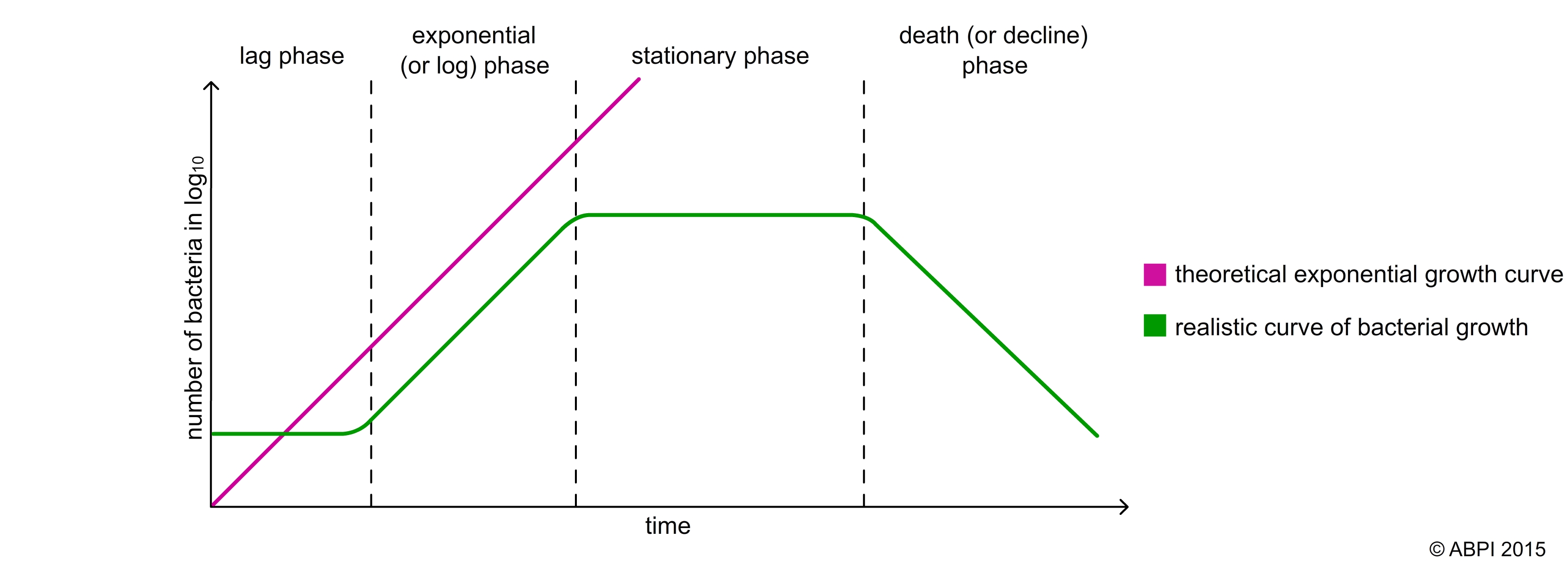Food Bacteria Growth Chart The optimum temperature for bacterial growth in food is between 40 and 140 degrees Celsius This is the danger zone temperature in cooking and also the danger zone of food storage If you prepare food at temperatures between 140 and 165 degrees Celsius
Hazards and risks of holding foods within the traditional and any modified danger zones relate to growth of foodborne pathogenic bacteria and fungi Maximal optimal and minimal temperatures under otherwise optimal conditions for growth of common foodborne pathogens are listed in Table 1 Leaving food out too long at room temperature can cause bacteria such as Staphylococcus aureus Salmonella Enteritidis Escherichia coli O157 H7 and Campylobacter to grow to dangerous levels that can cause illness Bacteria grow most rapidly in the range of temperatures between 40 F and 140 F doubling in number in as little as 20 minutes
Food Bacteria Growth Chart

Food Bacteria Growth Chart
https://www.abpischools.org.uk/media/xdenvuip/pathogens2.jpg
Bacteria Growth Chart
https://lh3.googleusercontent.com/blogger_img_proxy/AAOd8MxlGISt29DYFGf4i33GbAEN6U2bh8LXG8xeuUavO8229MhpY6CMNCPIlsqjDhkdxMMVBrHOQPJfvGldlk6caFOpCxqj7X2omwwH_XF00qWbHNUUbkGytZJlWz4EU7wIE-1SiRdasr9h-H4M4IpyF6Tlso0=w1600

Aityaka Kelakar Bacteria Growth
https://4.bp.blogspot.com/--7EeuD66YeI/TtWWkPdihlI/AAAAAAAAAAM/LBq5Zd0nsSE/s1600/06-14_BacteriaGrowth_1.jpg
Rapid bacterial growth and toxin production occurs in the temperature danger zone 41 F 135 F Keep food out of the temperature danger zone when possible Move food through the temperature danger zone quickly when cooking or cooling Cool food from 135 F to 70 F within 2 hours and from 135 F to 41 F within a total of six hours 0 Use this easy to follow food safety temperatures guide to know the most important temps for cooking a variety of foods with food safety temperature charts
Breakfast cereals dry pet food peanut butter Whole milk powder dried vegetables freeze dried corn starch potato chips corn chips 1 00 0 95 Microorg anisms Generally Inhibited by Lowest a w in This Range Foods Generally within Range of a This Range Water Activity and Growth of Microorganisms in Food Adapted fro m L R Beuchat Cereal Most fresh foods such as fresh meat vegetables and fruits have awvalues that are close to the optimum growth level of most microorganisms 0 97 0 99 Table 3 1 shows the approximate awlevels of some common food categories
More picture related to Food Bacteria Growth Chart

Bacteria Reproduction Nutrition Environment Britannica
https://cdn.britannica.com/68/6168-050-EB74BC4E/growth-curve-colonies-phases.jpg

SOLUTION Bacteria Growth Curve Studypool
https://sp-uploads.s3.amazonaws.com/uploads/services/5576642/20221120064607_6379cd2f5af98_bacteria_growth_curvepage2.jpg

SOLUTION Bacteria Growth Studypool
https://sp-uploads.s3.amazonaws.com/uploads/services/10872588/20240128160623_65b67b7fe2b23_bacteria_growthpage1.jpg
Foods must be rapidly refrigerated through this entire temperature range to minimize bacterial growth two hours Rapid bacterial growth at ordinary room temperature 70 F four hours Moderate bacterial growth 41 F 32 F Refrigerators kept in this range to reduce food spoilage by bacteria 0 F 20 F 3 22 2005 Frozen foods kept Growth of many contaminants could occur Low water activity will limit the growth of microbes therefore a long ambient shelf life is usually achievable Dried heat processed foods breakfast
Table A 1 contains information on the minimum water activity aw acidity pH and temperature the maximum pH water phase salt and temperature and oxygen requirements that will sustain growth for the bacterial pathogens that are of greatest concern in seafood processing While counting bacteria in a population is one way for determination of growth another parameter viz measurement of bacterial mass can also be utilized Gravimetric estimation of fresh bacterial cells or of dry cells provides a direct method

SOLUTION Bacteria Growth Studypool
https://sp-uploads.s3.amazonaws.com/uploads/services/10872588/20240128160623_65b67b7fe2b23_bacteria_growthpage0.jpg

SOLUTION Bacteria Growth Curve Studypool
https://sp-uploads.s3.amazonaws.com/uploads/services/5576642/20221120064607_6379cd2f5af98_bacteria_growth_curvepage3.jpg

https://lead-academy.org › blog › what-is-the...
The optimum temperature for bacterial growth in food is between 40 and 140 degrees Celsius This is the danger zone temperature in cooking and also the danger zone of food storage If you prepare food at temperatures between 140 and 165 degrees Celsius
https://www.food-safety.com › articles
Hazards and risks of holding foods within the traditional and any modified danger zones relate to growth of foodborne pathogenic bacteria and fungi Maximal optimal and minimal temperatures under otherwise optimal conditions for growth of common foodborne pathogens are listed in Table 1

Diagram Of 3 4 Measuring Bacteria Growth Quizlet

SOLUTION Bacteria Growth Studypool

Growth Nutrition Of Bacteria PPT

SOLUTION 5 Bacteria Growth Curve Studypool

What Bacteria Need To Grow QSI

SOLUTION Growth Of Bacteria Studypool

SOLUTION Growth Of Bacteria Studypool

SOLUTION Growth Of Bacteria Studypool

Growth And Nutrition In Bacteria pptx

UTSW Researchers Discover How Food poisoning Bacteria Infect The Intestines Newsroom UT
Food Bacteria Growth Chart - Rapid bacterial growth and toxin production occurs in the temperature danger zone 41 F 135 F Keep food out of the temperature danger zone when possible Move food through the temperature danger zone quickly when cooking or cooling Cool food from 135 F to 70 F within 2 hours and from 135 F to 41 F within a total of six hours 0